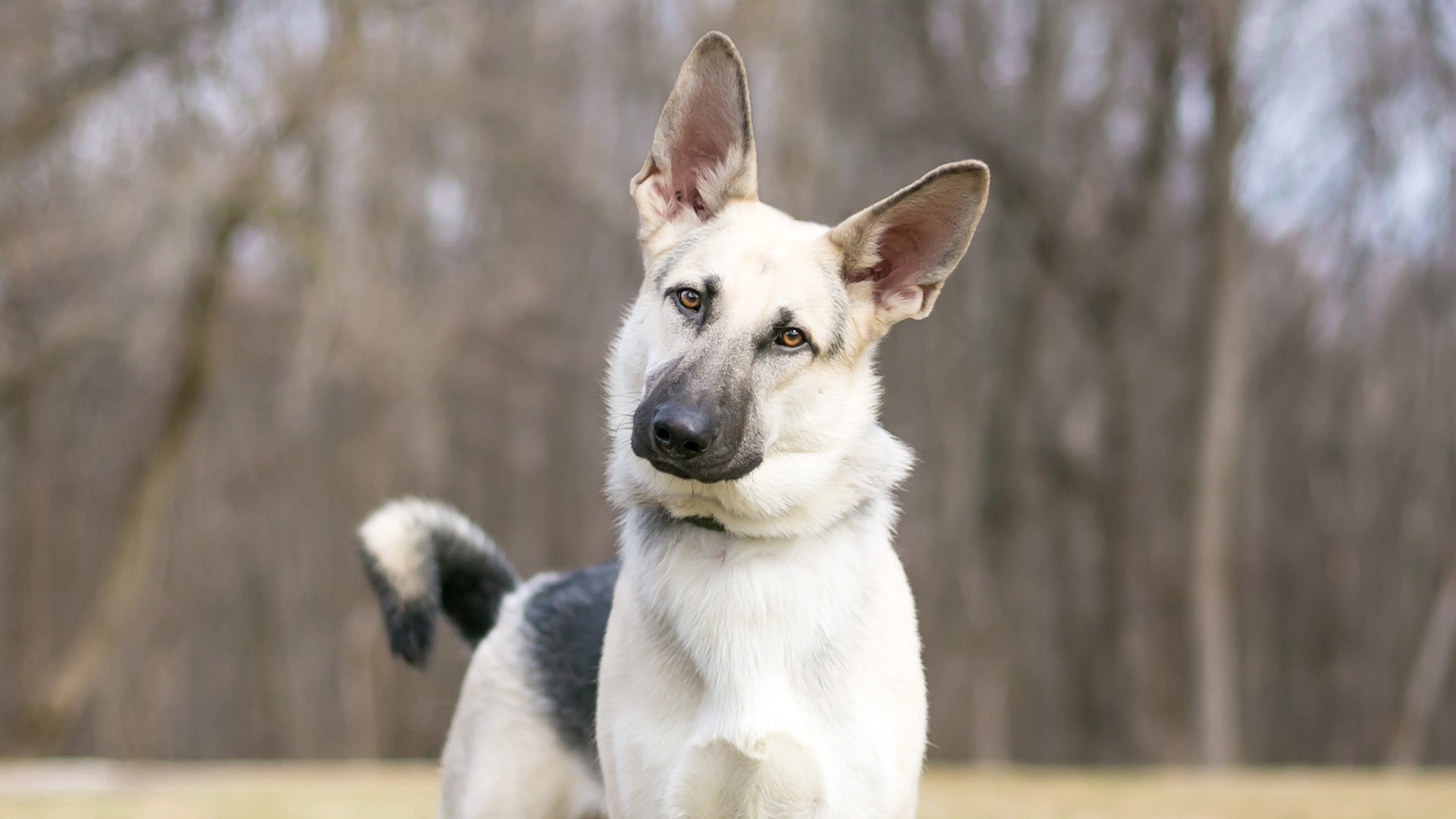Trainer explains conflict behavior and why you need to know about it
If your dog is torn between two conflicting outcomes, here’s what to know

Do you know what it means for a dog to display conflict behavior?
This is when a dog feels conflicted – on one hand, they want to interact with someone, perhaps to get one of the best dog treats, but on the other hand, they’re worried or unsure. They want two conflicting outcomes.
It can be difficult to know how to react to and support a dog when conflict occurs in this way, but it’s easier to handle these situations than you might think. Amelia Steele, a professional dog trainer and behavioral consultant known as Amelia the Dog Trainer, has explained what we should know in a recent Instagram post. Let’s take a look.
A post shared by Amelia Steele | Dog Training & Behaviour (@ameliathedogtrainer)
A photo posted by on
“Conflict behavior is what happens when dogs feel a mix of emotions and wires get crossed,” Steele begins. In the video, she’s working with a dog who seems friendly and happy, and wants to come over and say hello.
However, she says, “There’s also an element of fear there. You can see sometimes he’s wiggling, sometimes he’s backing off, and this can be quite confusing for a lot of people.”
She describes it as there being one driver in the dog’s brain that wants to interact, and get the food or the attention, while there’s another that is scared and doesn’t want anything bad to happen – here’s how to support a scared or anxious pet for more advice.
“The presence of the conflict can be quite dangerous as dogs will push themselves into situations they would usually avoid,” Steele adds in the caption. “In the example above, a dog feeling only fear wouldn’t choose to approach a hand, but with the presence of food, they’d be more likely to push themselves into feeling uncomfortable if they think it’s worth it for the food reward.”
Get the best advice, tips and top tech for your beloved Pets
What we can do as their humans is look out for this conflict behavior and make sure they aren’t putting themselves in these situations. While you might think that this conflict behavior would, in the long run, help your dog form positive associations with your hands, for example, what you might see instead is a scared dog snatching the food and perhaps even biting the hand.
Read next: How to read dog body language and signs that your dog is stressed

Adam is a freelance journalist specialising in pets, music and culture, and mental health and wellbeing. He investigates and writes the large majority of news on PetsRadar, and collaborates with veterinary experts to produce informative pet care content.
Adam has a journalism degree from Southampton Solent University and a masters degree in Magazine Journalism from Cardiff University. He was previously senior editor at dog advice website DogTime.com, and has also written for The Independent, GoodToKnow and Healthline.
He owns two rescue cats, Bunny and Dougie, and has also previously had a rabbit, fish and Roborovski dwarf hamsters.
